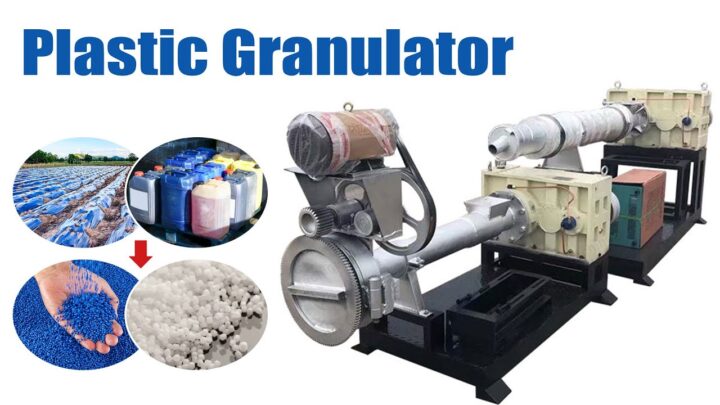With the crude growth of the plastics industry and the growth of the population, there has been a definite increase in plastic products. Used primarily for processing used plastic film, plastic pelletizing machine plays a vital role in recycling plastic waste and converting it into reusable materials.
However, like any machinery, pellet making machine requires regular maintenance and servicing to ensure optimal performance and longevity. Without proper maintenance, these machines can become less efficient, leading to costly repairs and replacements and reducing the life of the machine.
Now, we’ll explore best practices for maintaining and servicing your plastic pelletizer and show you how to best maintain your plastic pelletizing machine to maximize its performance and longevity!
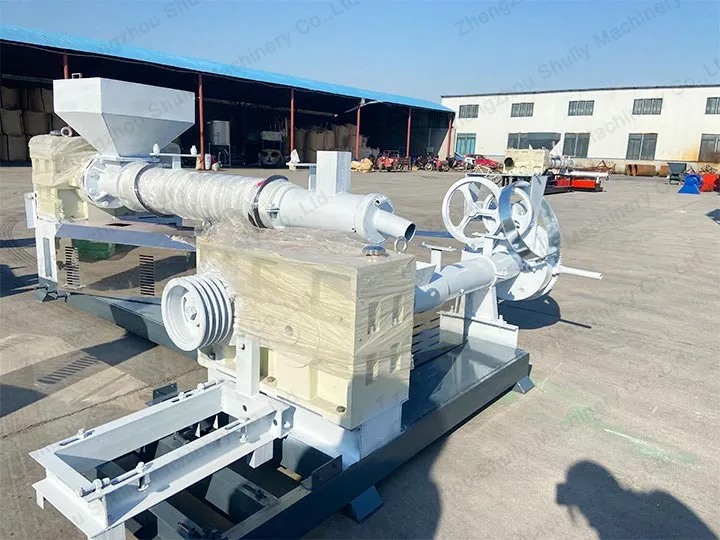
Regular maintenance tasks
Regular maintenance tasks are essential to keep plastic pelletizing machine in top condition and to ensure their optimal performance and service life. The following are some of the basic factors to consider when maintaining these machines:
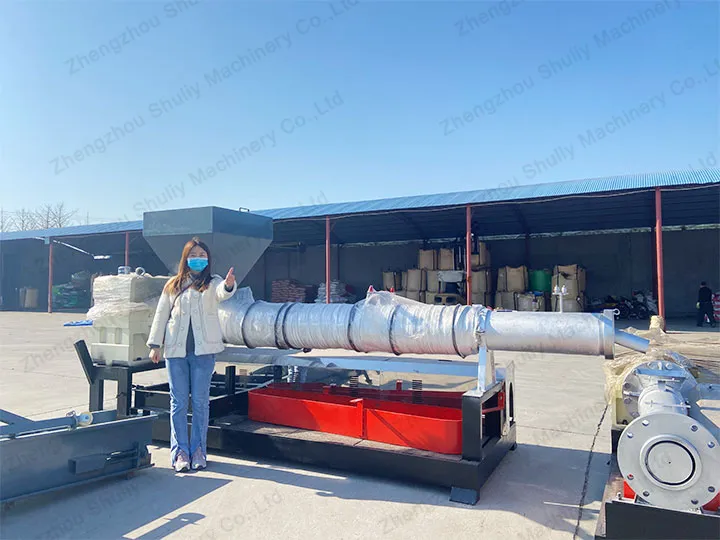
Pre-installation inspection
Plastic pelletizing machines are also made up of various components. Before installation, each equipment component should be inspected to check the condition of the main steel structure, bearings, bolts, etc., as well as protect the surface of the components from corrosion, etc. This is well documented for post-inspection.
Placement conditions
The plastic pelletizing machine needs to be placed in a ventilated location to ensure that the heat from the work of the motor is distributed to prolong its life.
Cleaning procedures
Keeping the machine clean is essential to prevent contamination and ensure smooth operation. Before starting the plastic pelletizer for the second time, residual particles should be removed from the machine room. Regular cleaning helps prevent the accumulation of plastic residue, dust and debris that can damage the machine.
Lubrication Requirements
Proper lubrication of the machine’s moving parts is essential to reduce friction and wear that could lead to premature failure. The bearings of the plastic pelletizer should be lubricated regularly to ensure lubrication between the bearings.
Wear and tear inspection
Regular inspection of machine components is necessary to identify any signs of wear. This allows early detection and timely repair or replacement of problems before they become major issues.
Ensure tool sharpness
To ensure the sharpness of the cutting edge of the tool, the tool should be inspected frequently to ensure sharpness and reduce damage to other components due to dullness of the blade.
Troubleshooting Common Problems
Even with regular maintenance, plastic pelletizing machine can still experience problems that affect their performance. Some common problems include clogging, inconsistent pellet quality, and so on.
Early detection and troubleshooting of these problems can prevent further damage and minimize downtime. Troubleshooting techniques may involve checking machine parts, adjusting settings, or replacing worn parts.
By understanding how to identify and solve these common problems, companies can keep their plastic pelletizing machine running smoothly and efficiently.
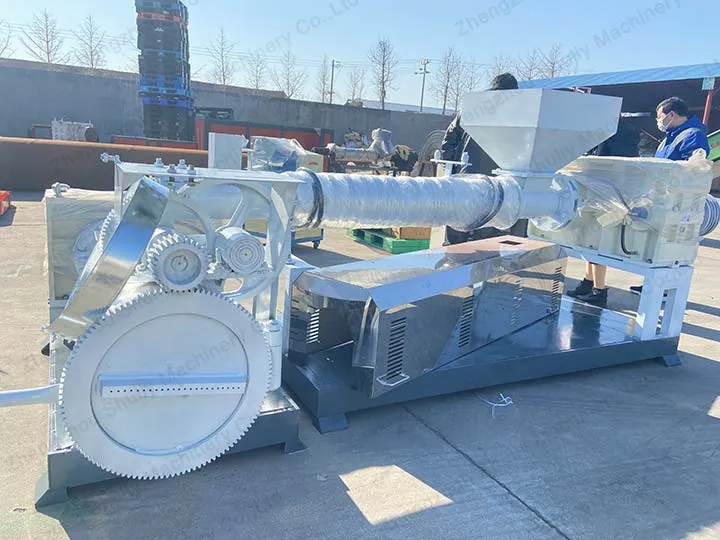
plastic granulation equipment
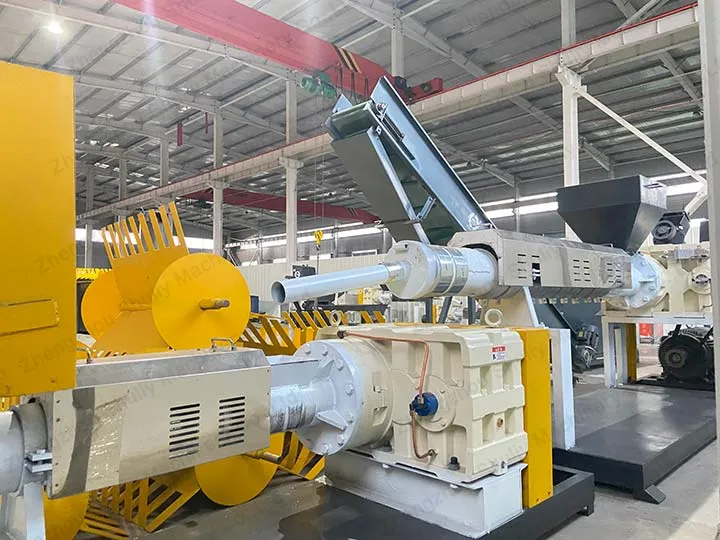
Maintenance Best Practices
To ensure optimal maintenance of plastic pelletizing machine, there are a number of best practices that need to be followed.
Establish a maintenance schedule
Having a regular maintenance task schedule ensures that tasks are completed on time, thus reducing the likelihood of machine failure.
Invest in quality replacement parts
Using quality replacement parts is essential to ensure the longevity and performance of plastic plastic pelletizing machine.
Train employees in proper use and maintenance
Proper training on the proper use and maintenance of machines helps prevent damage and extends their service life.

Prevention is always better than cure. By implementing preventive measures such as regular maintenance, proper lubrication, and cleaning, you can avoid many of these problems altogether.
It is also critical to work with suppliers and manufacturers who prioritize quality after-sales service, technical expertise, and cost-effective solutions.
In conclusion, plastic pelletizing machineproduction is challenging, but by understanding the common problems that can occur and implementing practical solutions, you can achieve better results and increase productivity.
